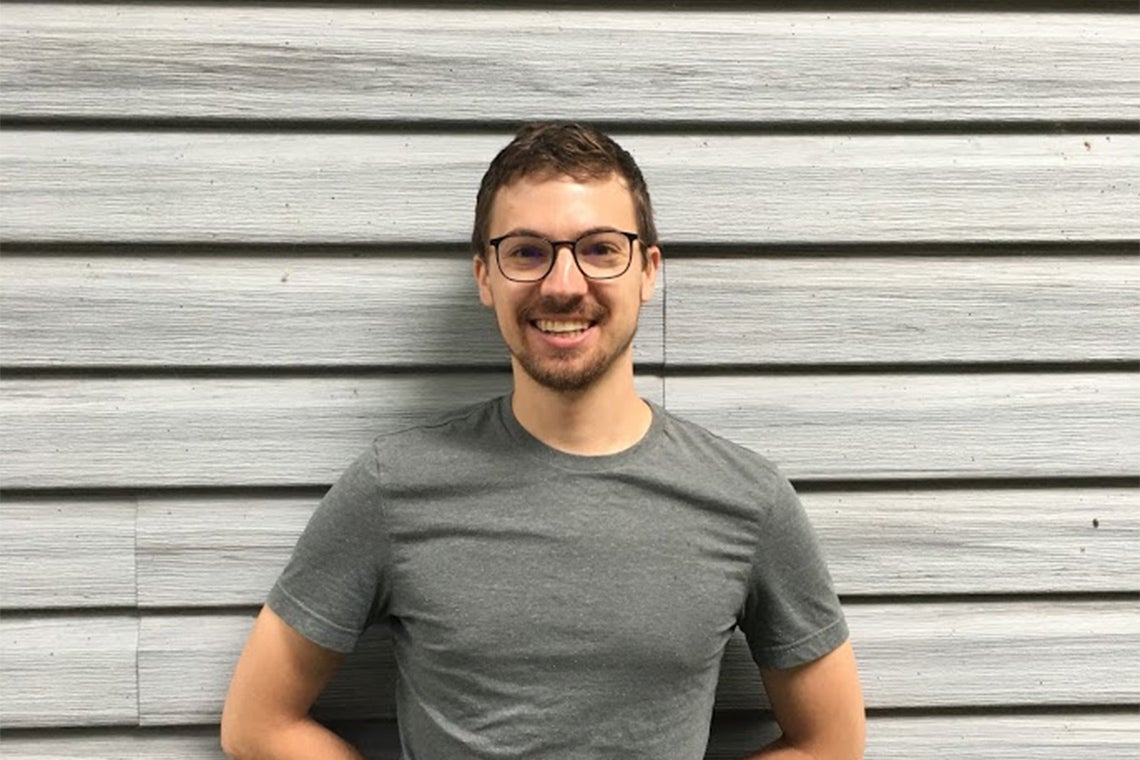
A team of physicists have developed a way to mathematically describe the "quantumness" of different objects or systems - that is, the degree to which they behave in a quantum manner.
The research is laid out in a new paper that was recently published in the journal AVS Quantum Science.
"Previously, researchers had measured quantumness in systems that involved light," says lead author Aaron Goldberg, a PhD candidate in the University of Toronto's department of physics in the Faculty of Arts & Science.
"But we can apply our generalized approach to any quantum system - systems involving light, atoms, molecules or even combinations of those things."
So what, exactly, are researchers measuring?
The subatomic world described by quantum physics is very different from the world described by Newton's classical laws of physics. In the familiar world of classical physics, we know the position and momentum of objects with enough precision to, for example, make a difficult shot in a game of billiards. We also know the ball won't magically transform into something other than a ball. It won't inexplicably pass through the side of the table. And we know when we strike a ball on our table, it won't affect a ball on another table on the other side of the planet.
But in the quantum world, a subatomic particle - unlike a billiard ball on a pool table - has only a probable position and speed. Light acts sometimes like particles and sometimes like waves. Subatomic particles can quantum tunnel through seemingly impenetrable barriers. And particles can mirror each other over vast distances - a phenomenon known as quantum entanglement.
Such characteristics define an object's "quantumness."
Goldberg says that many initially believed there was a clear distinction between the classical and quantum - that objects were one or the other. But as our understanding of the quantum realm grew,he says that idea changed.
"Over the years, scientists conducted more and more sophisticated experiments but failed to see a distinct boundary between the two," says Goldberg. "And now, the prevailing theory is that quantum mechanics describes everything from photons to billiard balls to planets.
"In fact, there are probably an infinite number of degrees of quantumness."
For example, a billiard ball is in fact a quantum object that could tunnel through the side of the table. But that would only happen if the quantum state of the atoms and molecules in the ball aligned - and the chances of that are as small as the number of atoms and molecules in the ball is large.
Goldberg and his collaborators looked at the quantum end of the classical-to-quantum spectrum and identified the two highest degrees of quantumness, which they labeled as "King" and "Queen."
"And there are definitely more than just Kings and Queens," says Goldberg.
While the research seems esoteric, there are important applications in our increasingly quantum world.
Knowledge about the degree of quantumness of a system may help in the development of quantum computers, sensing technologies and in the technologies used to measure physical constants and other properties with extreme precision. For example, the research could potentially help in detecting gravitational waves because the observations involve measurements that must be accurate to 1/10,000th the diameter of a proton.
Goldberg and his colleagues are continuing to explore extreme quantum states with the help of teams in labs around the world, including the lab of Aephraim Steinberg in the department of physics.
"This result feels like a single step down a long road," Goldberg says.
"I think research into extreme quantum states has just begun. I expect I'll be revisiting this quest for a good while."
The research received support from the Natural Sciences and Engineering Research Council of Canada, among others.






